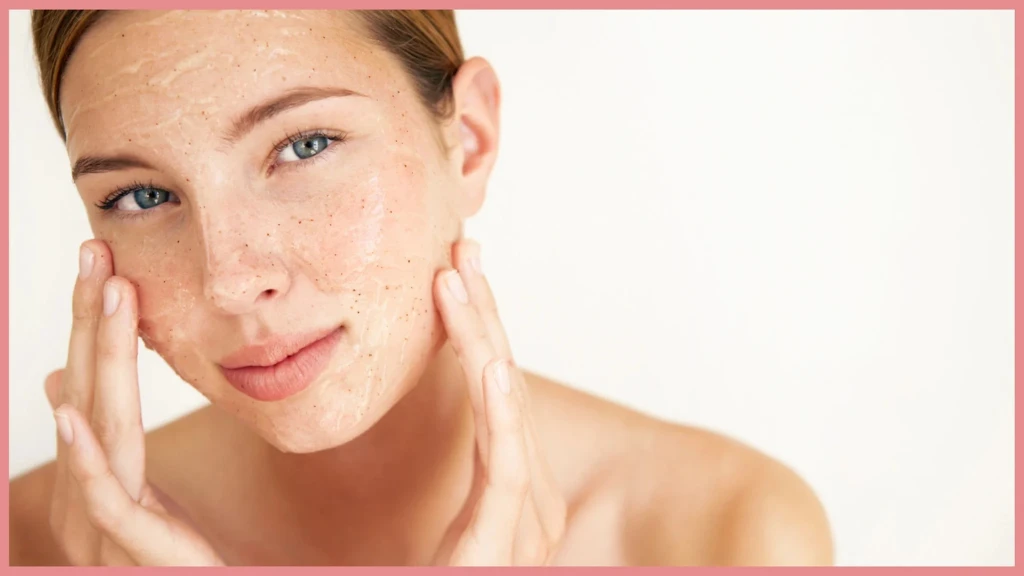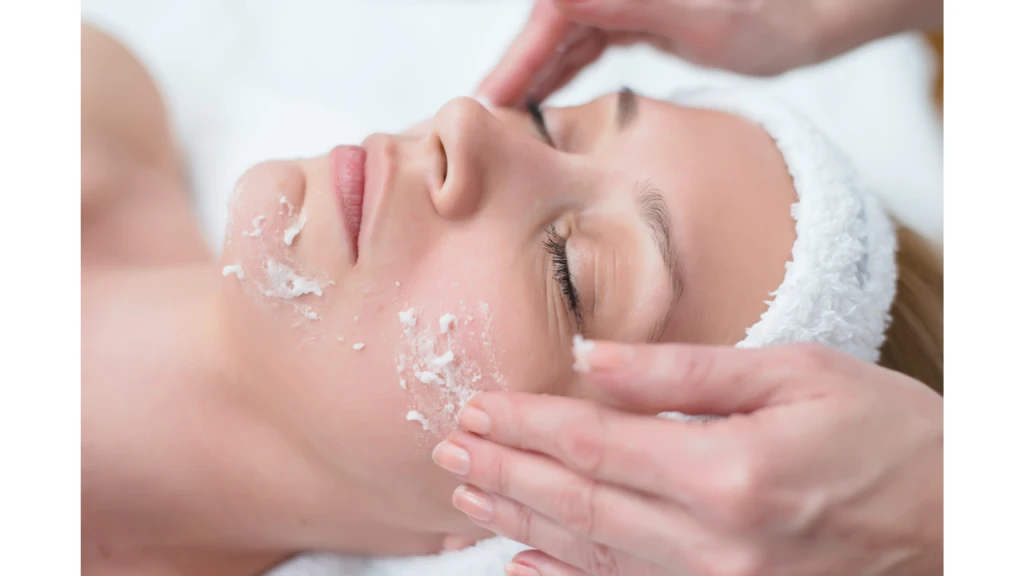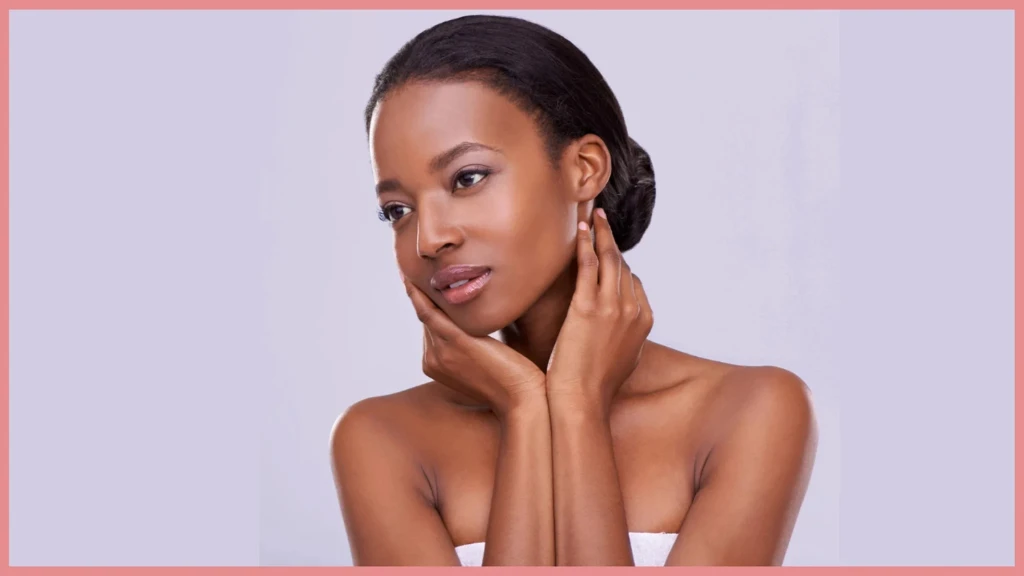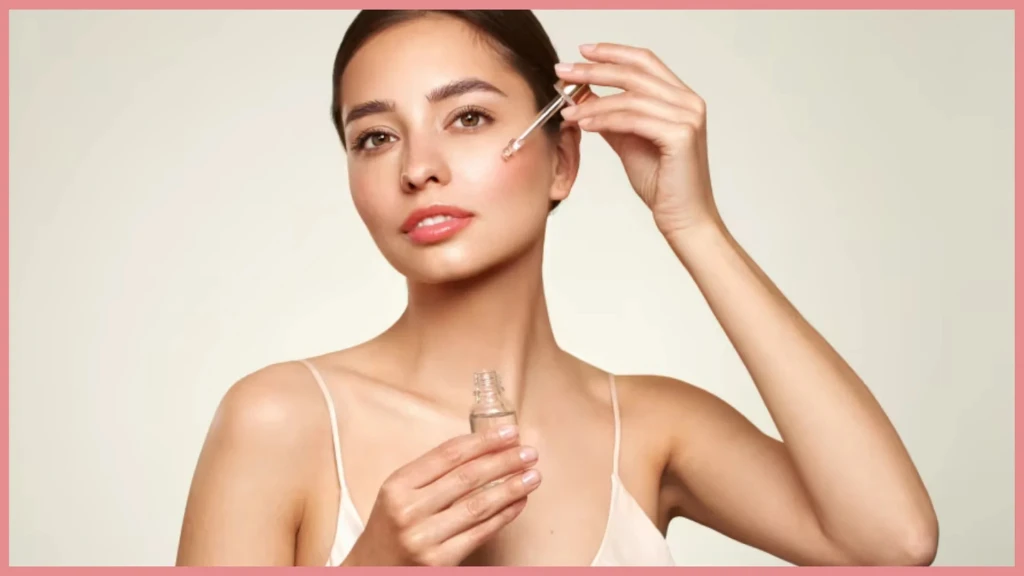Does Retinol Actually Exfoliate?

Retinol peels and smooths like an exfoliant, so why isn’t it one?
This is a question I asked myself when I first started using retinol in my skincare routine.
It’s one of those ingredients that everyone raves about, but its true function often gets lost in translation. Many people think of retinol as just another exfoliant, but that’s not entirely accurate.
Retinol is a vitamin A derivative known for its powerhouse effects, from tackling fine lines to managing acne. However, unlike traditional exfoliants, it works in a unique way by increasing cell turnover.
In this article, I’ll break down what retinol actually does, how it compares to exfoliants, and how to use it effectively—especially if you have sensitive skin. Let’s get into it.
Understanding Retinol: How It Works and Its Role in Skincare
What is Exfoliation?

Exfoliation is the process of removing dead skin cells from the surface of your skin.
These cells naturally shed on their own, but factors like age, sun damage, and even your skin type can slow that process down. When dead skin cells stick around too long, they can clog pores, dull your complexion, and make it harder for your skincare products to do their job.
Types of Exfoliation
There are two main types of exfoliation, and both serve their purpose depending on your skin’s needs.
Mechanical Exfoliation
This involves physically scrubbing away dead skin cells. Think cleansing brushes, konjac sponges, or microdermabrasion treatments. Though effective, mechanical exfoliation can be harsh on sensitive or darker skin tones like mine, as it may lead to micro-tears or worsen hyperpigmentation.
Chemical Exfoliation
Chemical exfoliation uses acids or enzymes to break down the bonds between dead skin cells, making it easier for them to shed. Examples include:
- AHAs (Alpha Hydroxy Acids): Glycolic acid and lactic acid are great for surface-level exfoliation, improving texture and tone.
- BHAs (Beta Hydroxy Acids): Salicylic acid works deeper in the pores, making it ideal for acne-prone skin.
- Fruit Enzymes: Gentle options like papaya or pineapple enzymes that offer mild exfoliation.
Benefits of Exfoliation
Exfoliation offers a wide range of benefits that can significantly enhance the health and appearance of your skin.
By removing dead skin cells from the surface, it reveals a brighter, or should I say richer, more vibrant complexion. This process also helps skincare products absorb more effectively, allowing active ingredients to penetrate deeper and work better.
Additionally, exfoliation keeps pores unclogged, reducing the chances of blackheads and breakouts.
Over time, it smooths your skin’s texture, leaving it soft and polished. For those prone to blemishes, regular exfoliation can be a helpful tool in managing and preventing breakouts, promoting a clearer, healthier-looking face.
How Retinol Works (and Why It's NOT a Direct Exfoliator)
Retinol belongs to the retinoid family and works differently than your typical exfoliants. Once applied, retinol converts into retinoic acid within the skin.
This active form increases cell turnover, meaning your skin produces fresh cells more rapidly while shedding the older ones—a process known as desquamation.
This is why retinol is often mistaken for an exfoliant, but here’s the kicker: it doesn’t actually break down the “glue” between dead skin cells like exfoliants do. Instead, it works from within.
Retinol’s benefits go beyond cell turnover:
- It stimulates collagen and elastin production, helping skin look plump and firm.
- It fades hyperpigmentation and smooths fine lines.
- It helps unclog pores and prevent future breakouts.
Retinol vs. Exfoliants
Let me put it this way: retinol is more of a “coach” for your skin, encouraging it to shed naturally, while exfoliants are like tools that manually remove dead cells. This is why some people call retinol a “pseudo-exfoliant.” The effects may overlap, but the mechanism is entirely different.
Skin Benefits of Retinol
Retinol’s versatility makes it a must-have for so many of us, regardless of age or skin concerns.
Anti-Aging
As someone navigating early signs of aging, retinol has been my go-to. It reduces fine lines and wrinkles, improves elasticity, and fades those pesky dark spots that can show up over time. Its collagen-boosting effects are a bonus for keeping my skin looking firm and plump.
Acne Treatment
For anyone dealing with acne, retinol is a must. It helps regulate how skin cells shed, keeping pores from clogging while reducing inflammation. The result? Fewer breakouts and a smoother complexion.
Improved Skin Tone and Texture
With regular use, retinol leaves skin feeling soft and looking radiant. It evens out discoloration and minimizes the appearance of pores, giving that coveted glow.
Other Potential Benefits
Retinol may even help with mild scarring, like acne scars, and can strengthen the skin barrier, improving hydration over time.
Retinol and Sensitive Skin
Using retinol can take your skincare regimen to another level, but it requires a careful approach, especially for those with sensitive skin. By starting with a low concentration, buffering with moisturizer, and gradually increasing usage, you can minimize irritation during the adjustment phase.
Sunscreen is essential to protect your skin while using retinol, as it increases sensitivity to sunlight. If retinol still feels too harsh, consider gentler alternatives or consult a dermatologist for personalized advice. With patience and proper care, sensitive skin can reap the remarkable benefits retinol has to offer.
How to Add Retinol into Your Skincare Routine
Introducing retinol doesn’t have to be intimidating if you follow a structured approach.
When to Apply Retinol
Retinol is best used at night because sunlight can degrade its effectiveness.
After cleansing your face and applying any toner or water-based serums, apply a pea-sized amount of retinol to your skin. Follow it with a moisturizer to lock in hydration and minimize any potential irritation.
Combining Retinol with Other Products
Be cautious when using retinol alongside exfoliants, especially stronger options like high-percentage AHAs or BHAs. Using them together can increase the risk of irritation, so alternating their application on different nights or opting for gentler exfoliants is a smarter choice.
For added hydration and soothing, pair retinol with synergistic ingredients like hyaluronic acid or ceramides. Vitamin C, when used in your morning routine, complements retinol’s effects by brightening skin and providing antioxidant protection.
You can try Paula's Choice Clinical 0.3% Retinol available at Amazon.com. This is one of my favourites.
Conclusion
Retinol isn’t an exfoliant, but its ability to speed up cell turnover makes it a worthy addition to any skincare routine. Whether you’re looking to reduce signs of aging, treat acne, or achieve smoother, more radiant skin, retinol delivers.
If you’ve been hesitant to try retinol, now’s the time to give it a shot. Start slow, take precautions if you have sensitive skin, and always prioritize sun protection. Trust me—your skin will thank you. And if you’re unsure about what’s best for your unique needs, consulting a dermatologist is always a smart move.



